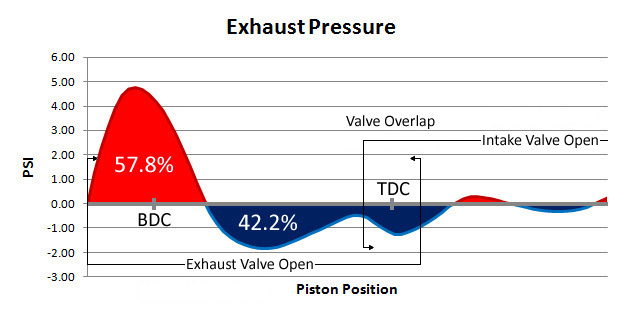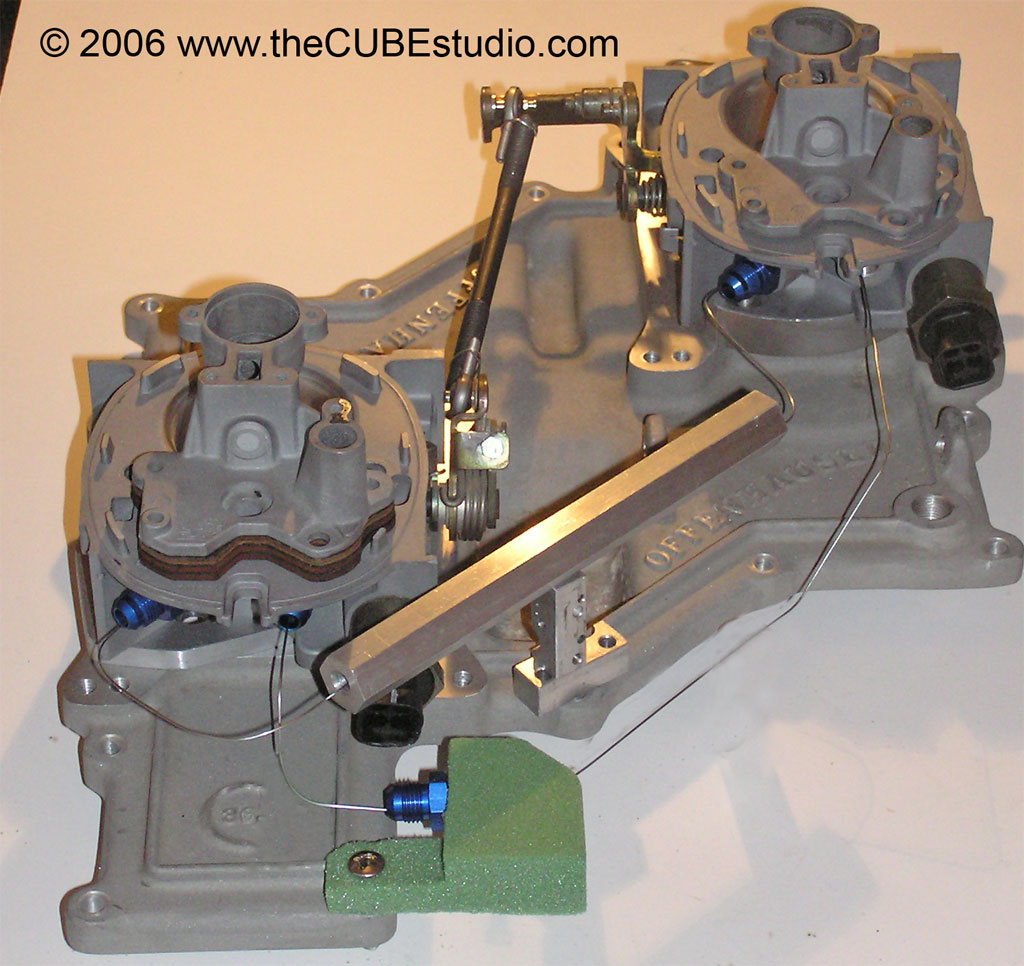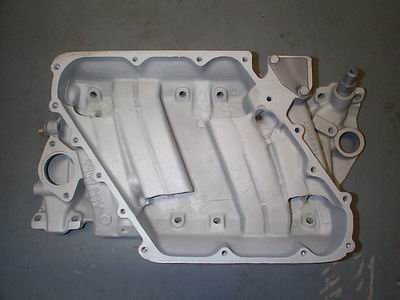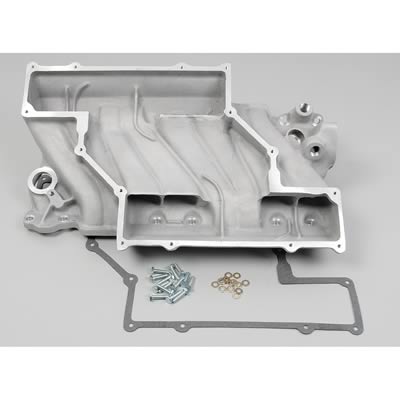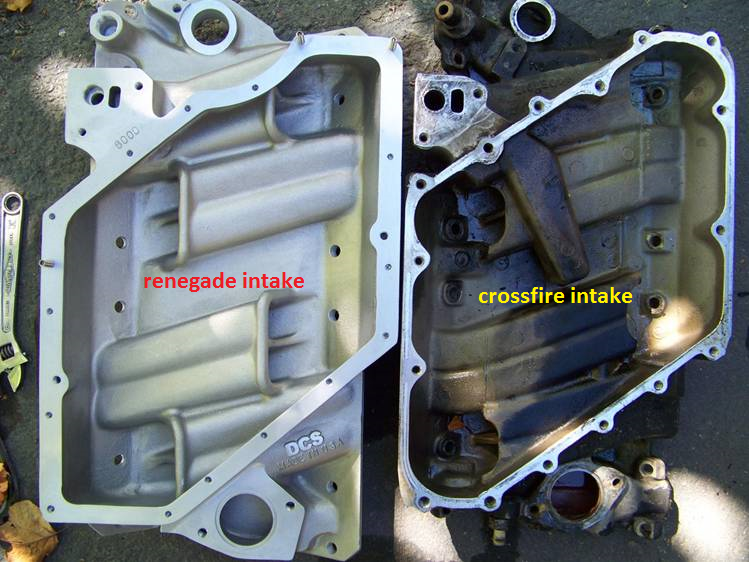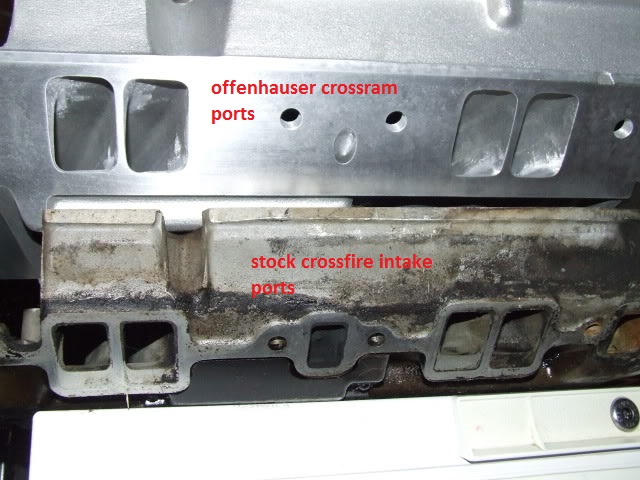First off... I have been tuning for about 5 years. And in those years I have heard a lot of different opinions on a wide range of topics.
What I haven't heard, is what is supposed to happen with KPAs & what that look like as WOT occurs.
My data logs show that at key on, BRO will be at 99.
During PE mode (WOT), I will hit 99 KPAs (MAP) through 3k rpm and then the KPAs (MAP) will slowly drop to 93 / 94 by the time I am at 5400rpm (VAC is at 6 to 7 right at the shift point). It's a slow slide, to be clear- nothing abrupt.
Is that normal?
Should I expect the KPAs to drop somewhat as the car runs through WOT?
I would imagine it won't run forever at 100KPAs, but I haven't been able to talk with anyone that seems to be able to tell me what I am seeing and whether or not this is an issue with a restriction somewhere.
It's NOT a drag car- it's a street car. The car seems to run flawlessly- no flat spots, knock, etc. It'll scoot too- with a 0-60mph in the four and a half second range.
I am asking about the KPAs because if it can run better and I've done something wrong somewhere, I'd like to know (and know what I'm doing wrong).
Sharing the VE table as it shows what things look like around where peak torque is hitting.
With 28PSI on 90lb injectors and a max of 80% on the duty cycle, I'm not going static. I'm pretty sure about that. And, the plugs would indicate things are healthy. But the KPA thing... a 6 to 7 drop... is this real or am I solving for an imaginary problem?
Also, whether I've added heads, upgraded the exhaust, added larger TBs, or increased lift, I've always seen this slow slide over the last 5 years. The only real constant... has been the intake manifold. I'd have thought that it would have gotten worse (or better) as I increased the lift or upgraded from OE cast iron heads, but I haven't seen any appreciable change in the KPA behavior during WOT even with all those changes.

What I haven't heard, is what is supposed to happen with KPAs & what that look like as WOT occurs.
My data logs show that at key on, BRO will be at 99.
During PE mode (WOT), I will hit 99 KPAs (MAP) through 3k rpm and then the KPAs (MAP) will slowly drop to 93 / 94 by the time I am at 5400rpm (VAC is at 6 to 7 right at the shift point). It's a slow slide, to be clear- nothing abrupt.
Is that normal?
Should I expect the KPAs to drop somewhat as the car runs through WOT?
I would imagine it won't run forever at 100KPAs, but I haven't been able to talk with anyone that seems to be able to tell me what I am seeing and whether or not this is an issue with a restriction somewhere.
It's NOT a drag car- it's a street car. The car seems to run flawlessly- no flat spots, knock, etc. It'll scoot too- with a 0-60mph in the four and a half second range.
I am asking about the KPAs because if it can run better and I've done something wrong somewhere, I'd like to know (and know what I'm doing wrong).
- OE TBI units bored out to 52mm running in parallel port fueling configuration
- Renegade Intake (aftermarket cross ram)
- 90lb injectors
- Aeromotive Variable Fuel Pressure Regulator (23psi at idle / 28psi at WOT)
- Davis Unified Ignition distributor, coil, and module
- MSD Digital 6A
- AFR Eliminator 180 heads w/ 65cc chambers (equipped with hyd. flat tappet springs)
- Aluminum radiator and high flow water pump
- Erson cam with .496” / .495” lift, 224/234 @ .05, 112 LS (rated at .465" + 1.6 rockers on the intake and .488" + 1.52 rockers on the exhaust)
- Hooker full length headers
- Dynamic EFI EBL Flash ECM with 8 position flash programmable memory, integrated wide band O2 sensor, and USB compatible
- 1986 Corvette Electronic Spark Control module conversion
- True duals, H-pipe, with Magnaflow mufflers (2.5" pipes)
- 2k RPM stall converter
- Built 700R4
- 3.73 Yukon ring & pinion gears
Sharing the VE table as it shows what things look like around where peak torque is hitting.
With 28PSI on 90lb injectors and a max of 80% on the duty cycle, I'm not going static. I'm pretty sure about that. And, the plugs would indicate things are healthy. But the KPA thing... a 6 to 7 drop... is this real or am I solving for an imaginary problem?
Also, whether I've added heads, upgraded the exhaust, added larger TBs, or increased lift, I've always seen this slow slide over the last 5 years. The only real constant... has been the intake manifold. I'd have thought that it would have gotten worse (or better) as I increased the lift or upgraded from OE cast iron heads, but I haven't seen any appreciable change in the KPA behavior during WOT even with all those changes.
Attachments
Last edited:




